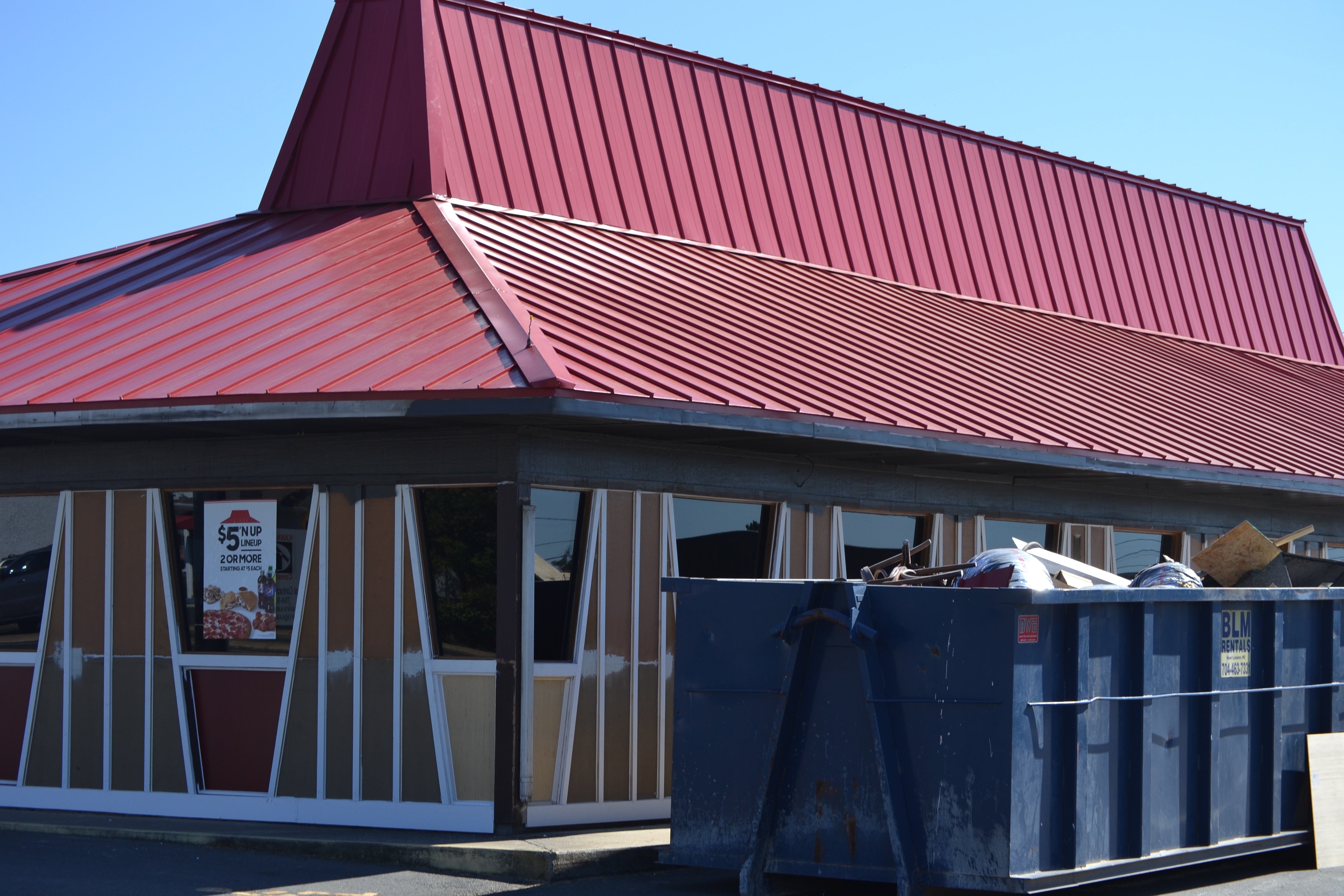OPINION: Should the Fed stop influencing interest rates?
Published 10:56 am Friday, September 16, 2022
|
Getting your Trinity Audio player ready...
|
The Federal Reserve (the “Fed”) is now in the process of increasing interest rates. This is a tactic the Fed uses when it wants to slow the pace of the economy in order to reduce price increases. Stated another way, the Fed is increasing interest rates to reduce the inflation rate.

Mike Walden
The Fed followed the opposite interest rate policy during the pandemic. Then the objective was to increase spending and economic growth in order to combat issues from the COVID-19 pandemic. The Fed lowered their key interest rate — the federal funds rate — to almost zero. The policy worked as the economy strongly rebounded and returned to pre-COVID levels by early 2021.
But many economists think the Fed’s policy of extremely low interest rates during the pandemic has led to the high inflation rates we are now experiencing.
Trending
Extraordinarily low interest rates and the money the Fed effectively created to support those low rates sparked a buying spree by consumers that exceeded the availability of products constrained by supply-chain problems.
Hence, the Fed’s policy of low interest rates to deal with one problem — recession — led to another problem — inflation — and caused the Fed to switch to the exact opposite policy of higher interest rates. Does this seem somewhat counter-productive?
It’s not just recent Fed policy that would cause many to answer “yes” to the question. It’s that we can see the same Fed policy used in previous years. For example, interest rates were very low prior to the subprime recession of 2007-2009.
The Fed raised their key interest rate to contain the jump in prices – particularly home prices – which then brought on the recession. To end the recession, the Fed lowered their key rate to almost zero, where it remained for several years. It’s a pattern we’ve seen several times since World War II.
Why does the Fed follow this up-and-down interest rate policy? The answer goes back to the 1930s when the country experienced the Great Depression. The Fed was a young institution then and it was roundly criticized for not using its powers to fight the Depression. Worried that the country would face another depression after World War II, Congress told the Fed to use its powers to keep unemployment low and prices stable.
Hence, the real debate is whether the government — particularly the Federal Reserve — should act to smooth out the ups and downs in the economy. That is, should the Fed take action to “cool” the economy when it is running hot and inflation is surging? Also, should the government move to stimulate the economy when it is down, joblessness is rising and businesses are failing?
Trending
This is an old debate which also began in the 1930s. The argument for stimulating the economy when it’s down is easy to make, because people and businesses suffer when economic times are bad.
There is pressure for the government to spend money to reduce the suffering of households and to keep as many businesses alive as possible. There is also support for the government to create conditions that will allow the private economy to come back. This is where the Federal Reserve’s policies of low interest rates and ample money creation come in.
But there are several arguments against an active role of government — and particularly the Fed — to influence the macroeconomy. The major complaint is that — rather than smoothing the ups and downs in the economy — the Fed’s actions could actually contribute to those ups and downs.
Critics say to look no further than today for an example. The COVID-19 pandemic generated a deep recession in early 2020. The federal government pumped massive amounts of money — some estimates say over $5 trillion — to support households, businesses and public institutions. The Federal Reserve was a key player in this effort by using their power to create money and fund a large part of the $5 trillion by pushing their key interest rate to 0%.
Now many analysts say we are “paying for” these actions with higher inflation rates, a result of “too much money chasing too few goods and services.” As a result, the Fed has reversed its policies and is raising interest rates, reducing the money supply and creating the conditions for a possible recession.
There are other criticisms of the Fed’s active policies in guiding the economy. One is that its policies of lowering interest rates and creating money most help wealthier households who have financial investments — such as stocks and bonds — that greatly benefit from the policies. Also, when the Fed raises interest rates that could prompt a recession, job losses are concentrated among lower-income workers, with many higher-income jobs protected. Both of these impacts of Fed policies could contribute to greater income inequality.
Recognize that this debate over Fed actions sets up a very difficult choice. Should we let the economy run its course?
That is, when the economy weakens — for whatever reason — and unemployment rises, incomes decline and bankruptcies surge, should the Fed follow a “hands off” policy and let the economy heal itself? Also, should the Fed be passive when high inflation is an issue?
Or, should the Fed take an active role in managing the economy, even if the Fed’s actions actually make the economy more unstable and unequal in income?
These questions have been around for almost a century, and they won’t be resolved overnight. Still, we should periodically revisit them, have a debate and then decide.
Mike Walden is a William Neal Reynolds Distinguished Professor Emeritus at North Carolina State University.






